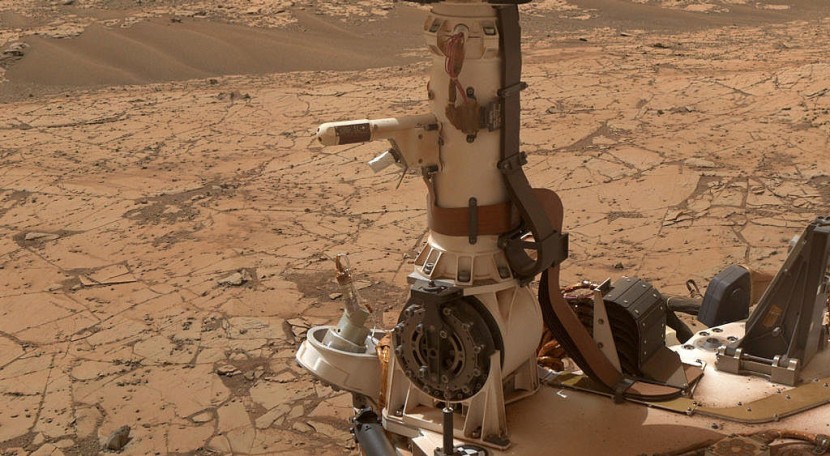
New findings have revealed conditions in an ancient, long-dried lakebed on Mars could have potentially been habitable billions of years ago, following a recent discovery of a type of rock by the Curiosity rover.
It was on the Gale Crater where the rover came upon an astounding amount of manganese oxide, a mineral commonly found in lakes on Earth because of the highly oxidating conditions within, which causes manganese crystals to form in the presence of oxygen.
The fascinating revelation in such great abundance indicates that perhaps similar conditions survived in the Gale Center when it was filled with water in eons past.
Planetary scientist Nina Lanza from Los Alamos National Laboratory said that,
"The Gale Lake environment, as revealed by these ancient rocks, gives us a window into a habitable environment that looks surprisingly similar to places on Earth today," highlighting the remarkability of finding such recognizable features from Earth in ancient Mars.
Manganese oxide is common and plentiful here on Earth and is elaborately part of the biological processes to boot.
It is an essential mineral for several human biological processes, but pretty much all life on Earth requires manganese for one reason or another. Even some bacteria rely on the oxidation states of manganese for energy, as their mere presence can accelerate the oxidation progress, according to Science Alert.
Researchers surmised that the likeliest of scenarios would have been the precipitation of manganese oxides along a lakeshore in the presence of an oxygen-rich atmosphere, providing further evidence of a long-lived and habitable lake environment in the ancient Gale Crater.
Where the oxygen came from remains unanswered; however, experts speculate that the possibility of meteorite impacts early in Mars' history could have released oxygen from surface ice deposits.
© 2026 HNGN, All rights reserved. Do not reproduce without permission.









